Key Highlights
- India joins elite club of only 5 nations globally with fully indigenous 4G technology capability alongside USA, China, South Korea, and Finland
- 97,500 mobile towers deployed at ₹37,000 crore cost using completely indigenous technology stack
- 22 million Indians connected across urban and rural areas, with 2 million experiencing their first digital connectivity
- 26,700 unconnected villages targeted for coverage, including remote, border, and LWE-affected areas through Digital Bharat Nidhi
- 22-month development timeline showcasing India’s rapid indigenous innovation capabilities in telecom technology
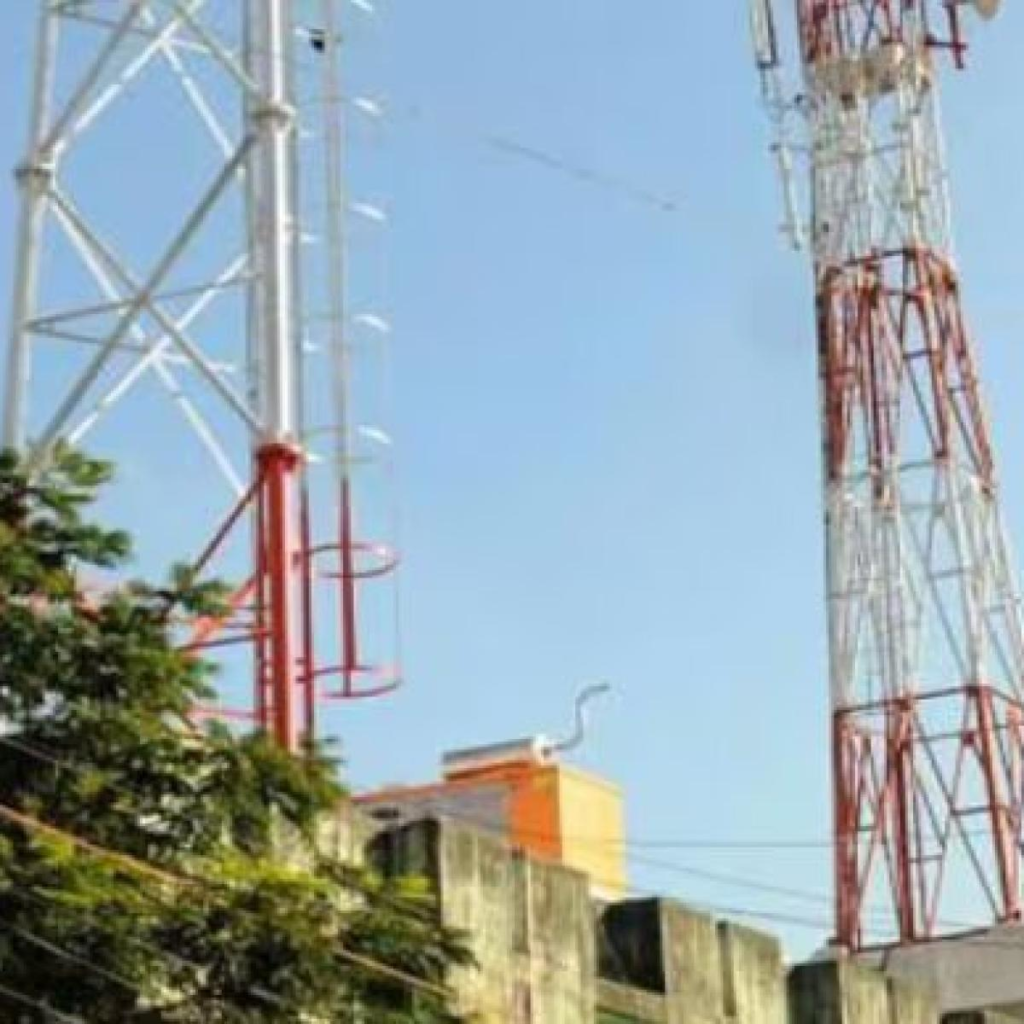
On September 27, 2024, Prime Minister Narendra Modi launched what experts are calling India’s most significant technological achievement since independence – the fully indigenous 4G technology stack. This isn’t just another infrastructure project; it’s a complete paradigm shift that positions India among an exclusive group of nations controlling their telecom destiny. static.pib.gov
The Bharat Telecom Stack represents the culmination of a strategic vision that began in 2020 when India decided to break free from foreign telecom dependency. What makes this achievement extraordinary is not just the scale – 97,500 towers covering 22 million people – but the complete indigenous nature of every component.
The Technology Partners: This massive undertaking showcased unprecedented collaboration between Indian entities. Tejas Networks developed the Radio Access Network (RAN), C-DOT (Centre for Development of Telematics) created the core network, and TCS (Tata Consultancy Services) handled systems integration. BSNL managed the deployment across the nation.
Understanding the Indigenous 4G Technology Stack
A 4G technology stack comprises multiple layers working seamlessly to deliver mobile connectivity. Understanding this architecture reveals why achieving complete indigenous capability is so significant.
Core Network (Software Layer): Developed by C-DOT, this brain of the network manages user authentication, data routing, and service delivery. The software-driven approach enables rapid scalability and seamless upgrades to 5G technology. developingtelecoms
Radio Access Network (Hardware Layer): Tejas Networks manufactured the physical infrastructure including antennas, base stations, and towers. This hardware connects mobile devices to the core network, handling radio frequency management and signal processing.
System Integration Platform: TCS orchestrated the complex integration using cloud-based architecture and their Cognitive Network Operations (CNOPS) platform. This enables 24/7 real-time network management across diverse geographic conditions.
5G-Ready Architecture: The entire stack was designed with future scalability in mind. All deployed towers can seamlessly upgrade to 5G without infrastructure replacement, aligning with India’s Bharat 6G Vision 2030.

Scale and Speed
The deployment statistics reveal the ambitious scope of this indigenous technology rollout across India’s diverse geography.
Infrastructure Deployment:
- 97,500 mobile towers commissioned nationwide
- ₹37,000 crore investment in indigenous technology
- 92,600 operational sites under BSNL’s direct management
- 22-month development cycle from concept to deployment
Connectivity Impact:
- 22 million Indians now connected through indigenous technology
- 2 million first-time digital users gaining connectivity
- 26,700 unconnected villages targeted for coverage
- 29,000-30,000 villages under Digital Bharat Nidhi 4G saturation mission
Sustainability Features:
- 18,900 solar-powered sites promoting green connectivity
- 4 petabytes daily data traffic managed efficiently
- 24/7 network operations through AI-powered monitoring
Geographic Coverage: The rollout spans challenging terrains including tribal regions, remote villages, hilly areas, border zones, and left-wing extremism affected areas. This demonstrates the technology’s adaptability to India’s diverse connectivity challenges.
Digital Sovereignty: Breaking Free from Foreign Dependence

For decades, India’s telecom infrastructure depended on a global oligopoly controlled by companies from just four countries – primarily Ericsson, Nokia, Huawei, and Samsung. This dependency created multiple vulnerabilities that the indigenous stack now addresses.
Historical Dependencies:
Before this breakthrough, India imported 95% of semiconductor components and relied heavily on foreign operating systems. The country’s critical communication infrastructure remained vulnerable to trade disputes, sanctions, supply chain disruptions, and potential surveillance concerns.
Strategic Risks Mitigated:
- National Security: Indigenous technology eliminates backdoor vulnerabilities and foreign surveillance risks
- Supply Chain Resilience: Domestic production prevents disruptions from geopolitical tensions
- Cost Control: Local manufacturing reduces long-term operational expenses
- Data Sovereignty: Complete control over data flows and encryption standards
Economic Benefits:
The indigenous approach creates employment opportunities, strengthens supplier ecosystems, and nurtures skilled domestic workforce. Multiple countries in Asia and Africa have expressed interest in adopting India’s telecom stack, creating significant export potential.
BSNL’s Financial Turnaround: The indigenous technology deployment contributed to BSNL recording consecutive profits after 17 years, signaling renewed consumer confidence in homegrown technology solutions.
Policy Framework Enabling Success
The indigenous 4G achievement didn’t happen in isolation. It emerged from coordinated policy initiatives designed to build India’s technological self-reliance.
Telecom Technology Development Fund (TTDF):
Launched October 1, 2022, the TTDF scheme has approved 110 projects worth ₹304.7 crore for 5G and 6G development. The fund supports R&D across government institutions, private companies, MSMEs, and startups, creating a comprehensive innovation ecosystem. pib
Digital Bharat Nidhi Initiative:
The 4G saturation project approved on July 27, 2022, allocated ₹26,316 crore to provide 4G services in 24,680 uncovered villages. This initiative specifically targets remote and difficult areas, ensuring no Indian village remains digitally disconnected. usof
Research Infrastructure:
The government established 100 5G labs at academic institutions and facilitated the Bharat 6G Alliance for next-generation technology development. These initiatives create long-term research capabilities beyond immediate deployment needs.
Make in India Integration:
The indigenous telecom stack aligns with broader Production-Linked Incentive (PLI) schemes for electronics manufacturing. This creates synergies between telecom infrastructure and domestic manufacturing capabilities.
Global Context: Joining an Exclusive Club
India’s achievement places it among only five nations worldwide with complete indigenous telecom technology capability. Understanding this global context reveals the significance of India’s breakthrough.
The Elite Five:
- Finland – Home to Nokia, long-standing telecom technology leader
- Sweden – Ericsson’s base, pioneering mobile communication standards
- South Korea – Samsung’s telecom division drives domestic infrastructure
- China – Huawei and ZTE provide complete indigenous solutions
- India – Newly achieved through BSNL-TCS-C-DOT-Tejas collaboration
Scale Comparison:
India’s achievement is particularly significant given its second-largest telecom market globally status. Developing complete indigenous capability while serving over a billion users demonstrates unprecedented technological and operational complexity.
Timeline Achievement:
The 22-month development cycle compares favorably with similar initiatives by other nations. This rapid execution showcases India’s matured technological capabilities and project management expertise.
Export Potential:
Unlike some nations that develop indigenous technology primarily for domestic use, India’s stack targets global markets. Several countries have expressed interest in adopting Indian telecom solutions, positioning India as a technology exporter rather than just consumer.
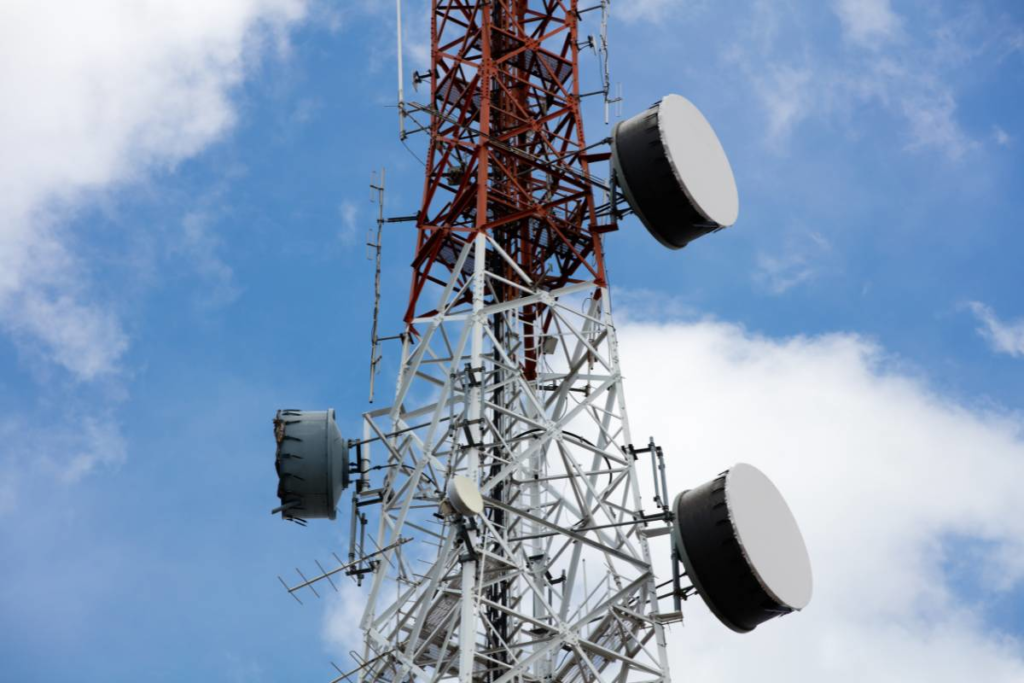
Challenges Overcome and Lessons Learned
The indigenous 4G deployment faced significant technical, operational, and strategic challenges that provide valuable insights for future technology initiatives.
Technical Complexity:
Integrating components from three different Indian companies required unprecedented coordination. TCS’s role as systems integrator proved crucial in ensuring seamless operation across diverse geographic and climatic conditions.
Standards Compliance:
Ensuring 3GPP standards compliance while maintaining indigenous development required careful balance. The technology meets international interoperability requirements while remaining fully Indian-controlled.
Scale Management:
Deploying 97,500 towers across India’s challenging geography within 22 months required innovative project management approaches. The use of cloud-native architecture enabled rapid scaling without compromising quality.
Quality Assurance:
Achieving performance parity with established foreign solutions demanded rigorous testing and optimization. The stack now manages 4 petabytes daily traffic with reliability matching global standards.
Sustainability Integration:
Incorporating 18,900 solar-powered sites addressed environmental concerns while reducing operational costs. This approach demonstrates how indigenous technology can advance both connectivity and sustainability goals.
Future Implications: 5G, 6G, and Beyond
The indigenous 4G success creates a foundation for India’s next-generation technology ambitions, with implications extending far beyond current deployment.
5G Transition Path:
All deployed 4G towers feature 5G-ready architecture, enabling seamless upgrades without infrastructure replacement. BSNL plans 5G rollout in Delhi and Mumbai by December 2025, leveraging the indigenous stack’s upgrade capabilities.
6G Vision 2030:
The indigenous telecom capability aligns with India’s Bharat 6G Vision 2030. Current R&D investments through TTDF support early-stage 6G development, positioning India as a potential leader in next-generation mobile technology.
Global Technology Leadership:
Success in indigenous 4G development establishes credibility for India’s participation in global telecom standards setting. C-DOT’s achievement makes it the sixth company globally to develop complete telecom technology stacks.
Export Market Expansion:
Multiple countries showing interest in Indian telecom solutions creates opportunities for technology exports. This shift from technology importer to exporter represents a fundamental change in India’s global technology position.
Innovation Ecosystem Development:
The collaborative model between public research institutions (C-DOT), private companies (TCS, Tejas), and government entities (BSNL) creates a template for future technology development initiatives.
Economic and Social Impact Assessment
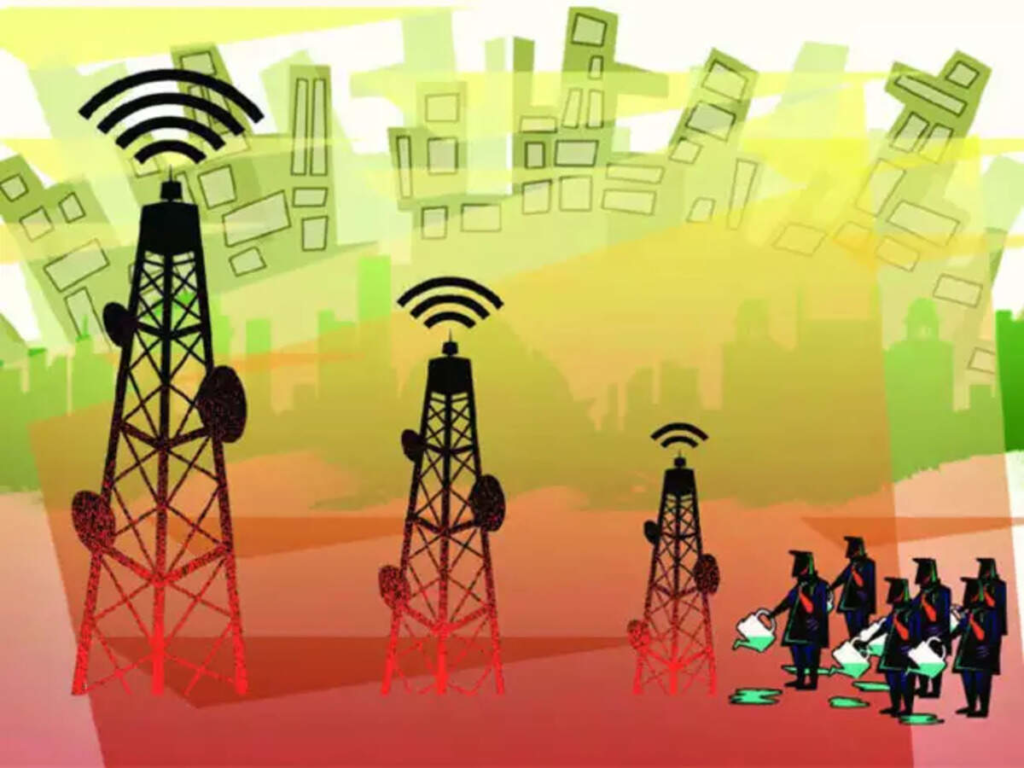
The indigenous 4G deployment generates significant economic and social benefits that extend beyond immediate connectivity improvements.
Employment Generation:
Local manufacturing and deployment create direct employment in technology sectors while strengthening supplier ecosystems. The skilled workforce developed through this initiative enhances India’s long-term technological capabilities.
Rural Transformation:
Connecting 26,700 unconnected villages enables access to online education, telemedicine, e-governance, and digital banking services. This connectivity particularly benefits tribal regions, border areas, and remote locations previously excluded from digital services.
Digital Inclusion Metrics:
The initiative connects 2 million first-time digital users, significantly expanding India’s digitally included population. This expansion supports broader Digital India objectives and inclusive economic growth.
Revenue Impact:
BSNL’s consecutive profits after 17 years demonstrate the commercial viability of indigenous technology solutions. In northeastern regions, BSNL reported 5.5% revenue growth to ₹171 crore, with positive EBITDA of ₹30.67 crore.
Agricultural Benefits:
Rural connectivity enables farmers to access real-time market prices, weather updates, and digital banking services. This digital access supports agricultural productivity improvements and rural economic development.
Way Forward: Recommendations and Next Steps
Building upon the indigenous 4G success requires sustained commitment across multiple dimensions to maintain technological leadership and expand global influence.
Accelerate 5G and 6G Development:
Leverage the proven indigenous technology platform for rapid 5G deployment while investing in 6G research capabilities. The existing infrastructure provides cost-effective migration paths that other nations cannot match.
Strengthen R&D Ecosystem:
Expand TTDF funding and create additional research partnerships between academia, industry, and government institutions. The successful C-DOT-TCS-Tejas collaboration model should be replicated across other technology domains.
Enhance Global Competitiveness:
Position India as a global telecom technology exporter by leveraging proven indigenous capabilities. Multiple countries’ interest in Indian solutions creates opportunities for technology diplomacy and export revenue generation.
Ensure Quality and Reliability:
Maintain rigorous testing and optimization programs to ensure indigenous technology consistently matches or exceeds global standards. Continuous improvement drives long-term market acceptance and export viability.
Expand Rural Coverage:
Complete the Digital Bharat Nidhi 4G saturation project targeting remaining unconnected villages. Prioritize solar-powered deployments for environmental sustainability while reducing operational costs.
Conclusion: A New Chapter in India’s Technology Story
India’s launch of the fully indigenous 4G technology stack represents more than a telecommunications milestone – it’s a declaration of technological independence that reshapes the country’s position in the global digital economy. The collaboration between BSNL, TCS, C-DOT, and Tejas Networks has created something unprecedented: a completely Indian-controlled telecom infrastructure serving the world’s second-largest mobile market.
This achievement demonstrates that with strategic vision, coordinated execution, and sustained investment, India can break free from foreign technology dependencies that have constrained its digital sovereignty for decades. The 97,500 towers connecting 22 million Indians represent just the beginning of a transformation that positions India among the world’s technology leaders rather than mere consumers.
The path ahead demands continued innovation, quality focus, and global market expansion. As India prepares for 5G deployment and 6G research, the indigenous 4G foundation provides both technical capability and strategic confidence to lead rather than follow in next-generation technology development.
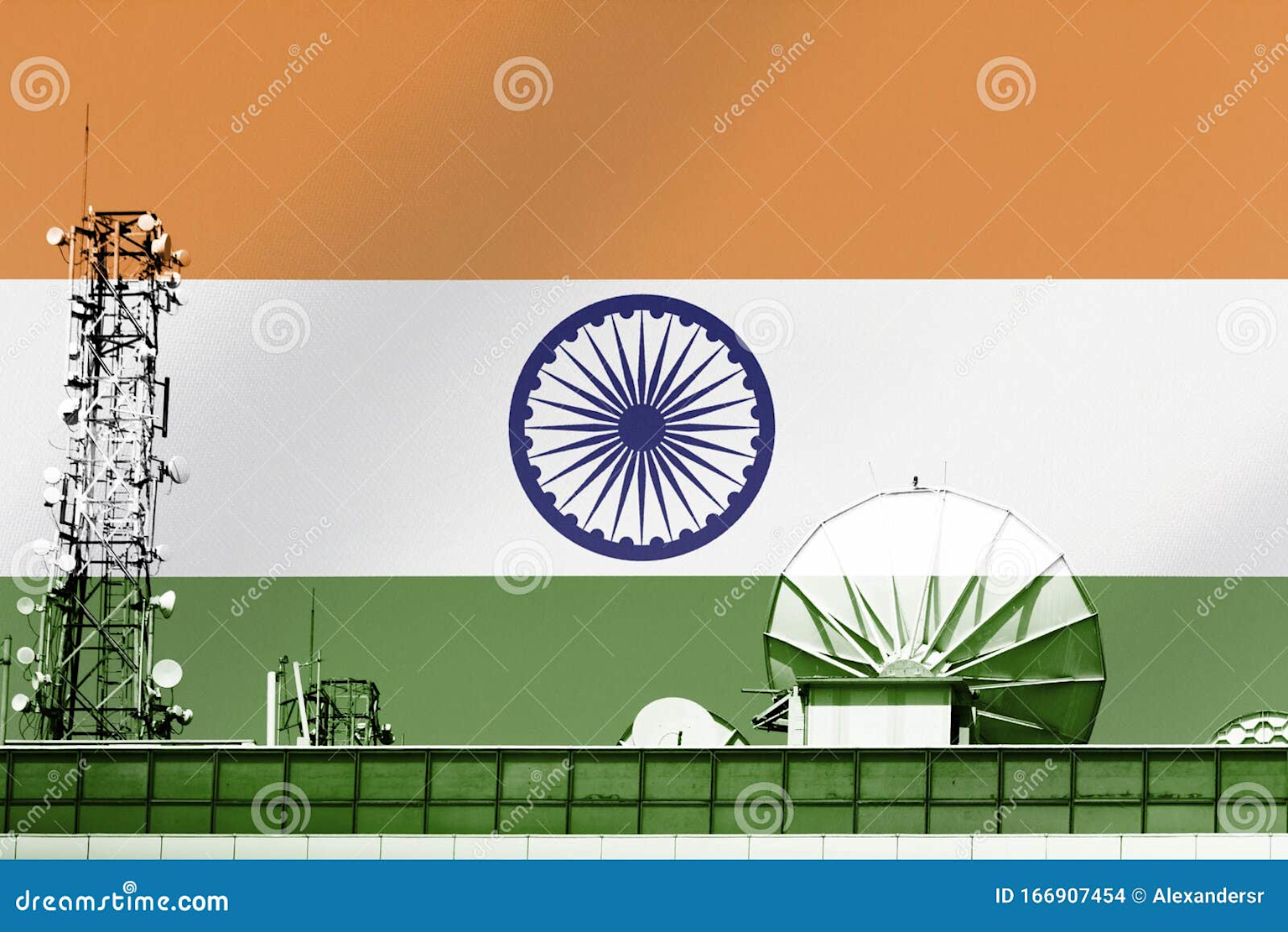



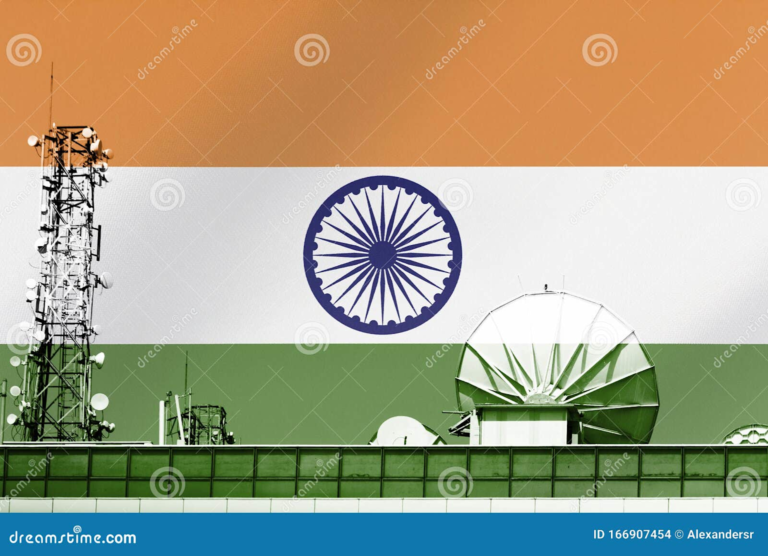


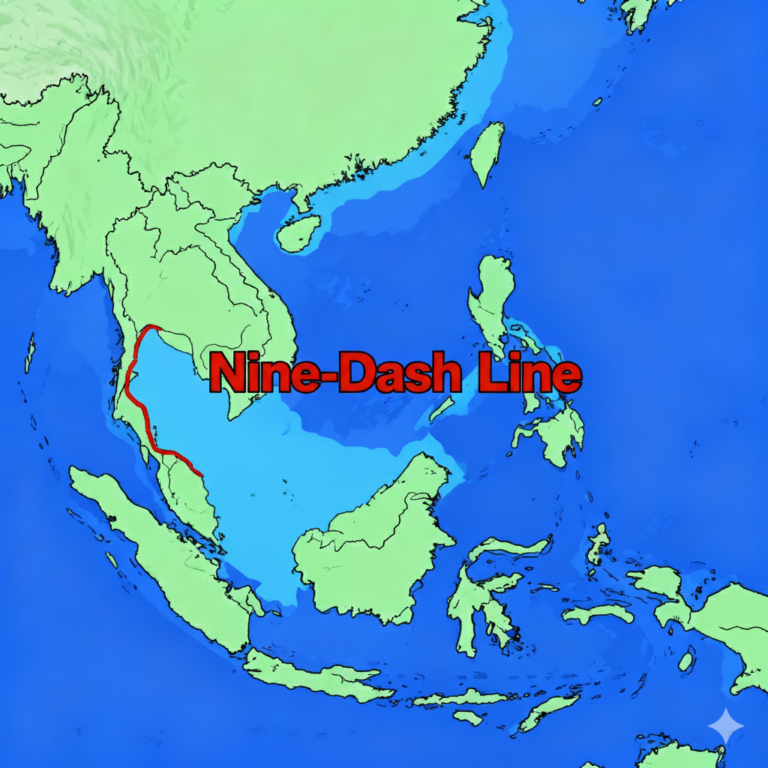

+ There are no comments
Add yours